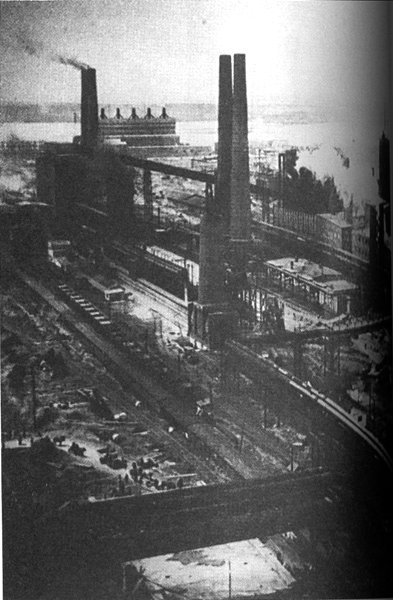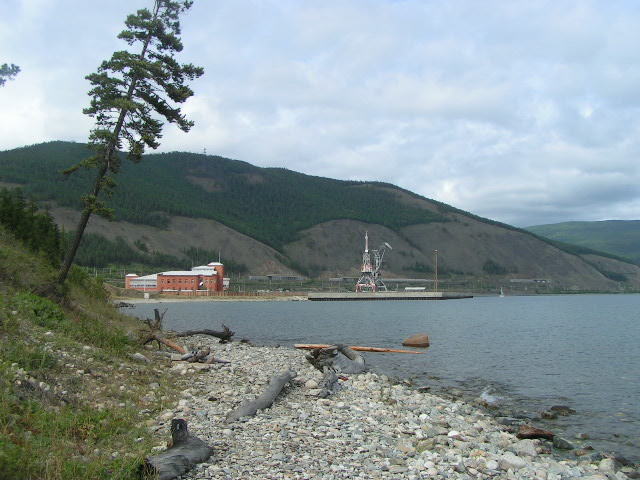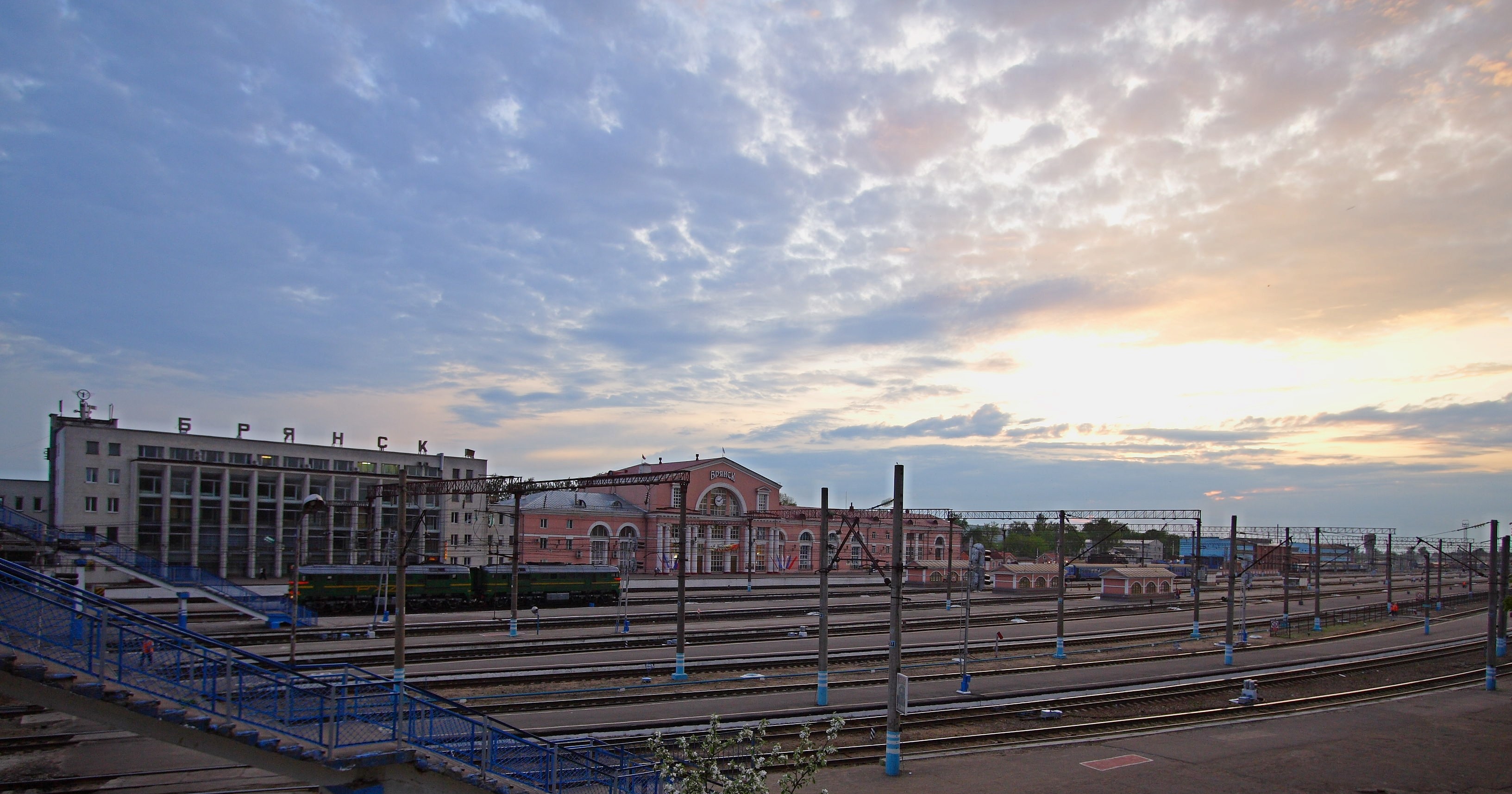|
Eparchies Of The Russian Orthodox Church
This is the list of the metropolitanates and eparchies (dioceses) of the Russian Orthodox Church. Russia Eparchies and metropolitanates of the Russian Orthodox Church in the Russian Federation:Official site of the Russian Orthodox ChurchOrganization/ref> Belarus Eparchies of the Belarusian Exarchate of the Russian Orthodox Church in Belarus: Ukraine Eparchies of Ukrainian Orthodox Church (Moscow Patriarchate): Latvia Eparchies of the Latvian Orthodox Church: Estonia Eparchies of the Estonian Orthodox Church of Moscow Patriarchate: Moldova Eparchies of the Moldovan Orthodox Church: Former Soviet Republics Eparchies of the Russian Orthodox Church in Central Asia, Azerbaijan and Lithuania: Japan Eparchies of the Japanese Orthodox Church: Outside former Soviet Union Eparchies of the Russian Orthodox Church outside former Soviet Union: Russian Orthodox Church Outside Russia Eparchies of the Russian Orthodox Church Outside Russia: See also *Edinoverie *Eparchie ... [...More Info...] [...Related Items...] OR: [Wikipedia] [Google] [Baidu] |
Metropolitanate
A metropolis religious jurisdiction, or a metropolitan archdiocese, is an episcopal see whose bishop is the metropolitan bishop or archbishop of an ecclesiastical province. Metropolises, historically, have been important cities in their provinces. Eastern Orthodox In the Eastern Orthodox Churches, a metropolis (also called ''metropolia'' or ''metropolitanate'') is a type of diocese, along with Eparchy, eparchies, exarchates and archdioceses. In the churches of Greek Orthodox Church, Greek Orthodoxy, every diocese is a metropolis, headed by a metropolitan while auxiliary bishops are the only non-metropolitan bishops. In non-Greek Orthodox churches, mainly Slavic Orthodox, the title of Metropolitan is given to the heads of autocephalous churches or of a few important episcopal sees. Catholic Church In the Latin Church, or Western Church, of the Catholic Church, a metropolitan see is the chief episcopal see of an ecclesiastical province. Its Ordinary (Catholic Church), ordinary is ... [...More Info...] [...Related Items...] OR: [Wikipedia] [Google] [Baidu] |
Birsk
Birsk (russian: Бирск; ba, Бөрө, ''Börö''; tt-Cyrl, Бөре, ''Böre'') is a town in the Republic of Bashkortostan, Russia, located on the right bank of the Belaya River, from Ufa, the capital of the republic. Population: History Birsk was founded in 1663 and granted town status in 1781. From 1865 to 1919 it was part of Ufa Governorate. Administrative and municipal status Within the framework of administrative divisions, Birsk serves as the administrative center of Birsky District, even though it is not a part of it.Resolution #391 As an administrative division, it is, together with two rural localities, incorporated separately as the town of republic significance of Birsk—an administrative unit with the status equal to that of the districts. As a municipal division, the town of republic significance of Birsk is incorporated within Birsky Municipal District as Birsk Urban Settlement.Law #126-z Demographics Ethnic composition: *Russians: 57% *Tatars: 1 ... [...More Info...] [...Related Items...] OR: [Wikipedia] [Google] [Baidu] |
Troitsk, Chelyabinsk Oblast
Troitsk (russian: Тро́ицк) is a types of inhabited localities in Russia, town in Chelyabinsk Oblast, Russia, located east of the southern Ural Mountains and approximately south of Chelyabinsk on the Kazakhstan–Russia border, border with Kazakhstan. It stands on the east-flowing Uy River (Tobol basin), Uy River, a branch of the Tobol River. Population: 83,862 (Russian Census (2002), 2002 Census); Geography and climate The Uy and Uvelka Rivers merge within the town boundaries and form a water body which serves as a reservoir for the nearby power station. The landscape around the town is flat, although river valleys are hilly. The town is situated on the border of a forest-steppe zone. The climate is continental. The average temperature in January is , and in July. History Troitsk was founded in 1743 by Ivan Neplyuyev as a head fortress of the Orenburg Line of forts during the Bashkir rebellion of 1735–1740, Bashkir War of 1735-1740 and to protect the southern ... [...More Info...] [...Related Items...] OR: [Wikipedia] [Google] [Baidu] |
Magnitogorsk
Magnitogorsk ( rus, Магнитого́рск, p=məɡnʲɪtɐˈɡorsk, ) is an industrial city in Chelyabinsk Oblast, Russia, located on the eastern side of the extreme southern extent of the Ural Mountains by the Ural River. Its population is It was named after Mount Magnitnaya, a geological anomaly that once consisted almost completely of iron ore, around 55% to 60% iron. It is the second-largest city in Russia that is not the administrative centre of any federal subject or district. Magnitogorsk contains the largest iron and steel works in the country: Magnitogorsk Iron and Steel Works. The official motto of the city is "the place where Europe and Asia meet", as the city occupies land in both Europe and Asia. Magnitogorsk is one of only two planned socialist realist settlements ever built (the other being Nowa Huta in Poland). History Foundation Magnitogorsk was founded in 1743 as part of the Orenburg Line of forts built during the reign of the Empress Elizabeth. ... [...More Info...] [...Related Items...] OR: [Wikipedia] [Google] [Baidu] |
Chelyabinsk
Chelyabinsk ( rus, Челя́бинск, p=tɕɪˈlʲæbʲɪnsk, a=Ru-Chelyabinsk.ogg; ba, Силәбе, ''Siläbe'') is the administrative center and largest city of Chelyabinsk Oblast, Russia. It is the seventh-largest city in Russia, with a population of over 1.1 million people, and the second-largest city in the Ural Federal District, after Yekaterinburg. Chelyabinsk runs along the Miass River, and is just east of the Ural Mountains. The area of Chelyabinsk contained the ancient settlement of Arkaim, which belonged to the Sintashta culture. In 1736, a fortress by the name of Chelyaba was founded on the site of a Bashkir village. Chelyabinsk was granted town status by 1787. Chelyabinsk began to grow rapidly by the early 20th century as a result of the construction of railway links from the Russian core to Siberia, including the Trans-Siberian Railway. Its population reached 70,000 by 1917. Under the Soviet Union, Chelyabinsk became a major industrial centre during the 1930 ... [...More Info...] [...Related Items...] OR: [Wikipedia] [Google] [Baidu] |
Ulan-Ude
Ulan-Ude (; bua, Улаан-Үдэ, , ; russian: Улан-Удэ, p=ʊˈlan ʊˈdɛ; mn, Улаан-Үд, , ) is the capital city of the Republic of Buryatia, Russia, located about southeast of Lake Baikal on the Uda River at its confluence with the Selenga. According to the 2021 Census, 437,565 people lived in Ulan-Ude; up from 404,426 recorded in the 2010 Census, making the city the third-largest in the Russian Far East by population. Names Ulan-Ude was first called Udinskoye (, ) for its location on the Uda River. It was founded as a small fort in 1666. From around 1735, the settlement was called Udinsk (, ) and was granted town status under that name in 1775. It was renamed Verkhneudinsk (, ; "Upper Udinsk") in 1783, to differentiate it from Nizhneudinsk ("Lower Udinsk") lying on a different Uda River near Irkutsk which was granted town status that year. The descriptors "upper" and "lower" refer to the positions of the two cities relative to each other, rather than the ... [...More Info...] [...Related Items...] OR: [Wikipedia] [Google] [Baidu] |
Severobaykalsk
Severobaikalsk (russian: Северобайка́льск; bua, Хойто-Байгал, ''Khoito-Baigal'', mn, Хойдбайгал, ''Khoidbaigal'') is a town in the Republic of Buryatia, Russia, located on the northern end of Lake Baikal at the mouth of the Tyya River, northwest of Ulan-Ude and northeast of Irkutsk. Population: Geography Severobaikalsk is located on a plateau at the northern end of Lake Baikal at the mouth of the Tyya River. To the west the town is surrounded by the Baikal Mountains, to the northeast by the Stanovoy Range. Severobaikalsk is geographically isolated, the closest town is Ust-Kut, more than away. The closest large cities are Ulan-Ude, to the southeast and Irkutsk, more than to the southwest. History The history of Severobaikalsk is closely related to the history of the Baikal-Amur Mainline (BAM). It was founded in 1974 as a work settlement for workers constructing the BAM, serving as a logistics center and a central starting point for th ... [...More Info...] [...Related Items...] OR: [Wikipedia] [Google] [Baidu] |
Klintsy
Klintsy (russian: Клинцы́) is a town in Bryansk Oblast, Russia,located on the Turosna River, southwest of Bryansk. Population: 60,000 (1972). Administrative and municipal status Within the framework of administrative divisions, Klintsy serves as the administrative center of Klintsovsky District,Law #13-Z even though it is not a part of it.Law #69-Z As an administrative division, it is, together with two rural localities, incorporated separately as Klintsovsky Urban Administrative Okrug—an administrative unit with the status equal to that of the districts. As a municipal division, Klintsovsky Urban Administrative Okrug is incorporated as Klintsy Urban Okrug. History Klintsy Sloboda was founded in 1707 by peasants-Old Believers, and is named after the last names of the first settlers (Klinets) in the plural. In 1782 Klintsy was founded in a part of Surazh district. There were companies printing predominantly Old Believers liturgical books. The development of th ... [...More Info...] [...Related Items...] OR: [Wikipedia] [Google] [Baidu] |
Bryansk
Bryansk ( rus, Брянск, p=brʲansk) is a city and the administrative center of Bryansk Oblast, Russia, situated on the River Desna, southwest of Moscow. Population: Geography Urban layout The location of the settlement was originally associated with navigable river-routes and was located in the area of the Chashin Kurgan, where the fortress walls were erected. For reasons that have not yet been clarified, the city changed its location and by the middle of the 12th century had established itself on the steep slopes of the right bank of the Desna on Pokrovskaya Hill (russian: Покровская гора). The foundations of the future urban development of the city were laid even earlier, when around the city-fortress in the 17th century after the Time of Troubles of 1598-1613 on the coastal strip at the foot of the Bryansk fortress the posadskaya "Zatinnaya Sloboda" was upset, and on the upper plateau, between Verkhniy Sudok and White Kolodez - the "Streletskaya Sloboda". ... [...More Info...] [...Related Items...] OR: [Wikipedia] [Google] [Baidu] |
Valuyki, Belgorod Oblast
Valuyki (russian: Валу́йки) is a town in Belgorod Oblast, Russia, located at the confluence of the Valuy and Oskol Rivers, east of Belgorod and 15 km north of Russia–Ukraine border. Population: Geography Climate History Valuyki was founded in 1593 as a fortress for protection against the Crimean and Nogai Tatar raids along the Muravsky Trail. In early September 2015 Reuters reported that Russia was building a new army base 'near Valuyki, a small town not far from Soloti.' Established in connection with the war in Ukraine, the base was to have barracks for 3,500 soldiers. During the Russian invasion of Ukraine there were reports that Ukrainian artillery shelled the base of the Russian 3rd Motor Rifle Division in September 2022. [...More Info...] [...Related Items...] OR: [Wikipedia] [Google] [Baidu] |
Gubkin
Gubkin (russian: Гу́бкин, ) is a town in Belgorod Oblast, Russia, located northeast of Belgorod on the Oskolets River, a tributary of the Oskol River. Population: History It was founded in the 1930s in place of the village of Korobkovo and named after geologist Ivan Gubkin. In 1939, it was granted urban-type settlement status. Town status was granted to it on December 23, 1955.Charter of Gubkinsky Urban Okrug It was elevated in status to that of a town of oblast significance on March 7, 1960. Administrative and municipal status Within the framework of administrative divisions, Gubkin serves as the administrative center of Gubkinsky District, even though it is not a part of it. As an administrative division, it is incorporated separately as the town of oblast significance of Gubkin—an administrative unit with the status equal to that of the districts.Law #248 As a municipal division, the territories of the town of oblast significance of Gubkin and of Gubki ... [...More Info...] [...Related Items...] OR: [Wikipedia] [Google] [Baidu] |
Belgorod
Belgorod ( rus, Белгород, p=ˈbʲeɫɡərət) is a city and the administrative center of Belgorod Oblast, Russia, located on the Seversky Donets River north of the border with Ukraine. Population: Demographics The population of Belgorod is 339,978 as of the most recent censuses: Geography Urban layout The oldest Belgorod fortress was built at the end of the 16th century on a chalk mountain. The discussion among historians about the time of the city’s founding, in 1593 or 1596, is not over and both versions have serious scientific basis. One of the first serious researchers of Belgorod history, Drenyakin, in the second half of the 19th century, adhered to the date of 1593, while reasonably exposing the attempts of some scientists already then to date the foundation of the city by Vladimir in the 10th century. Contemporary local historian Shmelev, trying to somehow open a three-year "black hole" from the moment of the decision to build until the actual appearanc ... [...More Info...] [...Related Items...] OR: [Wikipedia] [Google] [Baidu] |






